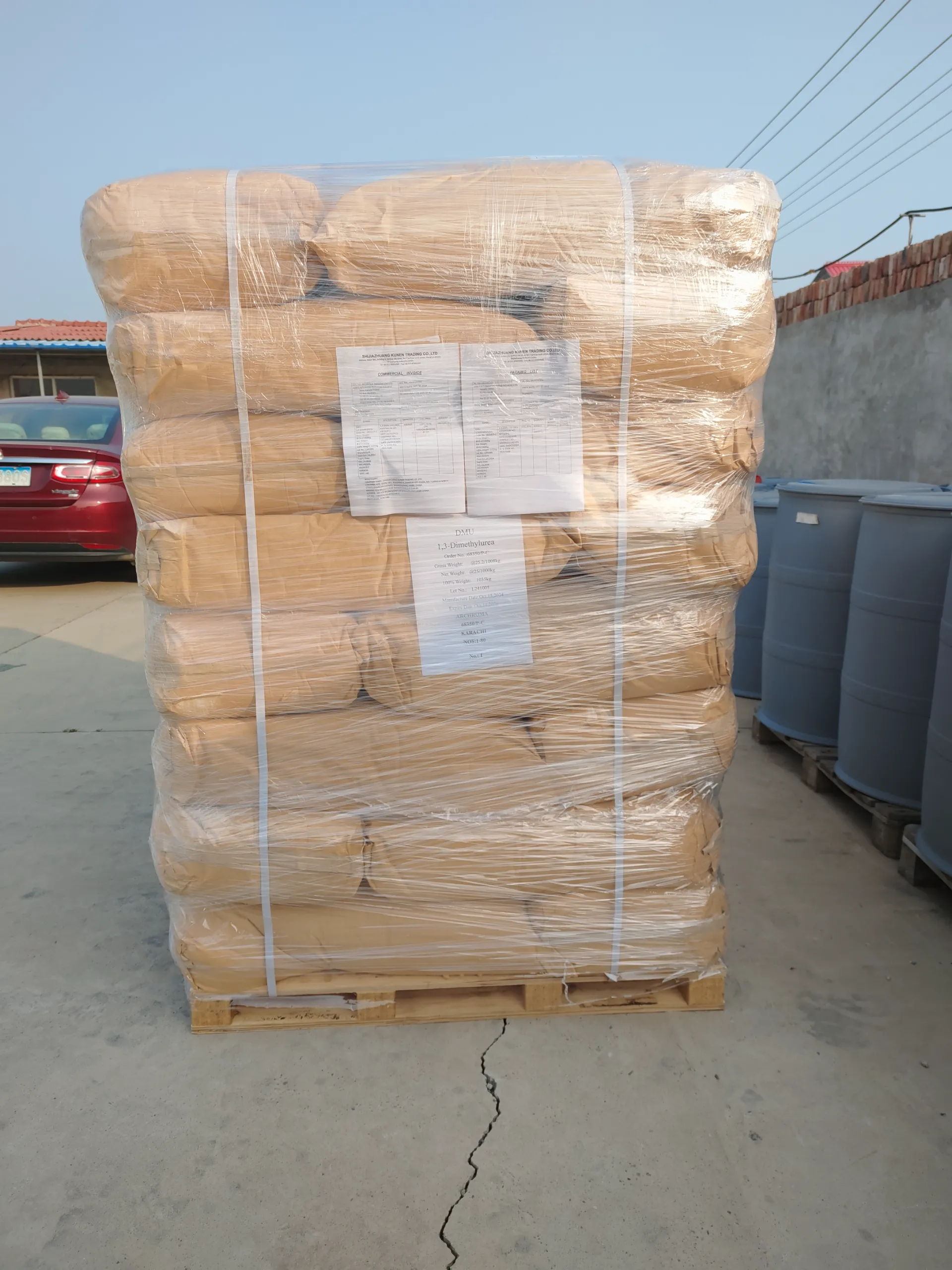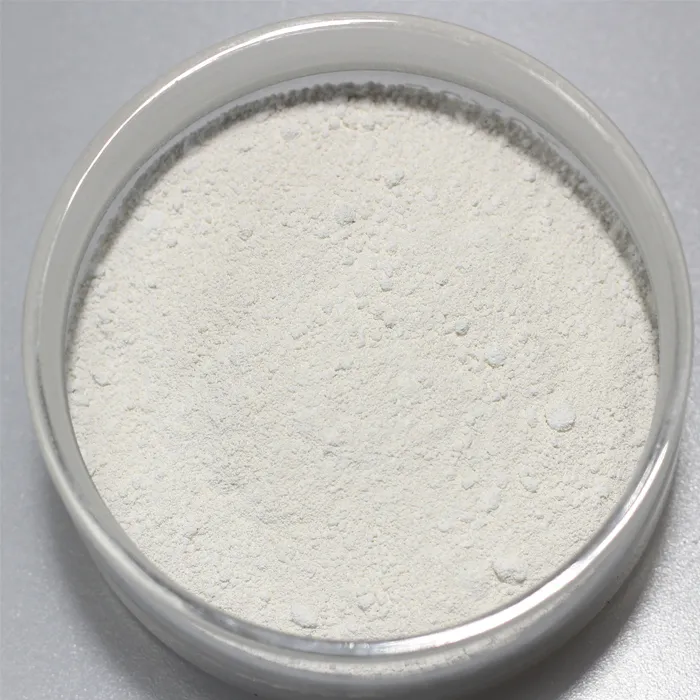

As an expert in the field, one can appreciate the significance of laser parameters, such as wavelength, power, and speed, which must be optimized according to the specific additive and plastic matrix. This tailoring is crucial to achieving the desired marking quality without compromising the substrate. Top-tier manufacturers are employing extensive testing protocols in controlled environments to fine-tune these parameters to balance marking quality and production efficiency. Trust in laser marking technology is further strengthened by the stringent regulatory standards met by these additives. Many are certified to comply with safety and environmental norms, reassuring manufacturers of their safety in consumer applications. In addition, suppliers often offer technical support and consultation services, guiding manufacturers through the process of choosing and applying the appropriate additives and technology. Innovation in laser marking additives continues, driven by the demand for greater efficiency, reduced cycle times, and the ability to mark new, more complex materials. As a result, the landscape of product marking is continually evolving, offering exciting opportunities for businesses willing to invest in cutting-edge technology. In conclusion, the use of laser marking additives in plastics represents a fusion of technology and material science, culminating in a solution that not only enhances product value through improved marking capabilities but also aligns with environmental sustainability goals. For industries focused on maintaining brand integrity and securing a competitive edge, this technology is a game-changer, promising enhanced product labeling without compromise.
Next:

